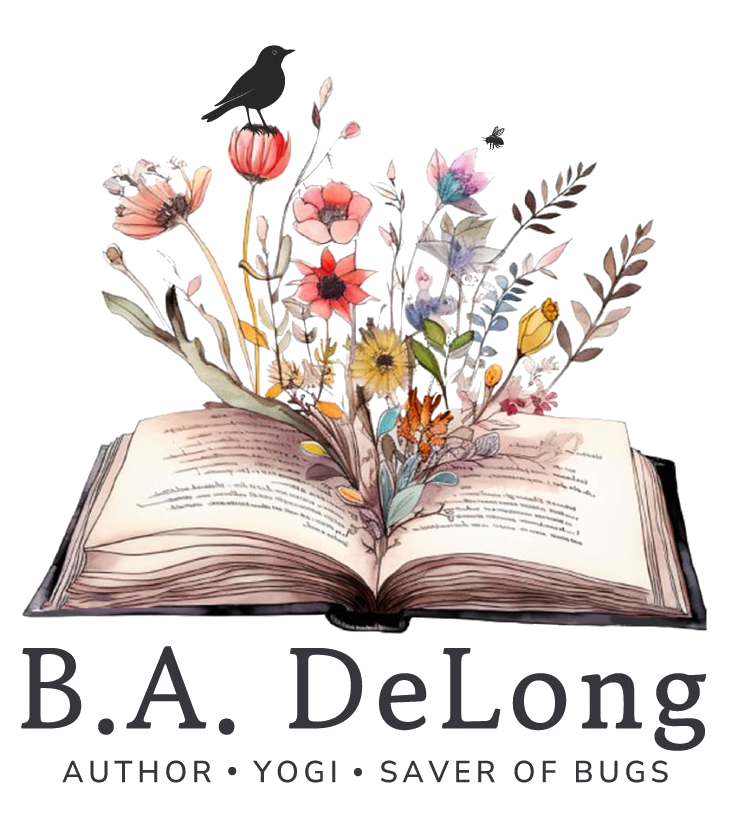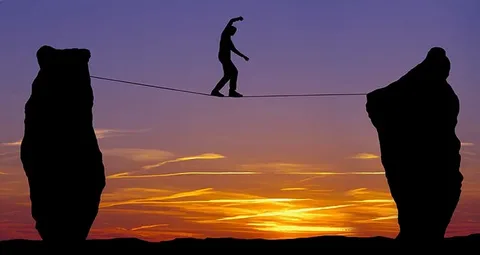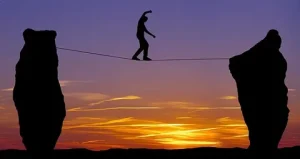In a world that often praises independence and self-sufficiency, it’s easy to overlook the quiet magic of vulnerability, friendship, and the beauty of small acts of courage. Stories—especially those that speak to both children and adults—have a unique way of reminding us that even the tiniest among us can hold immense strength. Two charming tales, Seymour’s Big Day and the soon-to-be-released Seymour’s Magical Night, offer profound lessons wrapped in the gentle flutter of wings and the glow of a lantern.
At their heart, both narratives explore universal themes: the longing to grow up and be brave, the realization that it’s okay to need others, and the transformative power of friendship. These are not just lessons for children; they are reminders for all of us navigating a complex and often overwhelming world.
In Seymour’s Big Day, we meet Seymour, a baby bee determined to prove he’s ready for “big bee things.” His journey begins with a desire for autonomy. He slips out of the hive early one morning, determined to explore the garden on his own. The impulse is familiar: that ache to show the world—and ourselves—that we are capable, competent, grown.
But Seymour’s adventure doesn’t unfold the way he imagines. As fatigue sets in and the night grows dark, his bravado fades, and what emerges is a longing not for more independence, but for connection. It’s in this vulnerable moment that help arrives—not from his own efforts, but from an unexpected ally, an owl who notices his plight and alerts Seymour’s worried parents.
This interplay of independence and interdependence is deeply human. We strive for self-reliance yet inevitably face moments when we must accept help. Seymour’s story gently affirms that asking for—or accepting—support is not failure but a necessary, beautiful part of being alive.
In Seymour’s Magical Night, the same bee embarks on another adventure, this time with a companion. Baby Owl, full of curiosity and equipped with a glowing moonstone lantern, invites Seymour on a nighttime camping trip. Here the dynamic shifts: Seymour is no longer alone.
Together, they experience the wonder of a forest transformed by moonlight—fireflies flicker like stars, flowers glow softly, and new friendships bloom with the creatures they meet. Yet even in this enchanted setting, challenges arise. A sudden storm tests Seymour’s mettle, but this time he discovers courage not by trying to prove himself alone, but by stepping up for a friend in need.
It’s a subtle but powerful evolution from his earlier adventure. The night doesn’t just bring magic in the external world; it also illuminates Seymour’s growing strength to face fear—not in isolation, but alongside someone he trusts.
This theme resonates strongly today, as so many of us grapple with a culture that glorifies rugged individualism. Seymour’s Magical Night reminds us that courage often grows best in the soil of companionship.
Both tales are steeped in wonder—the dazzling garden of the first story, the luminous forest of the second. But the wonder isn’t merely aesthetic; it serves as a catalyst for Seymour’s personal growth.
Children understand intuitively what adults often forget: awe has the power to expand us. It softens our defenses, opens us to connection, and gives us the strength to face uncertainty. As Seymour peers out from the petals of a closing flower or marvels at fireflies dancing in the night, readers are invited to remember their own moments of enchantment—and how those moments shaped them.
Wonder doesn’t require a grand adventure or exotic locale. It can be found in small, quiet things: a glowing lantern in a dark forest, a flower closing its petals at dusk, the buzz of bees returning home. It’s these small wonders that encourage Seymour—and us—to grow with gentleness rather than force.
Objects in both stories take on symbolic weight. In Seymour’s Big Day, the flower that shelters Seymour overnight becomes a cocoon of sorts—a place of pause and reflection before reemerging to a family’s embrace. In Seymour’s Magical Night, the moonstone lantern and honey drops exchanged between friends stand as tangible reminders of care and trust.
These symbols speak to the quiet ways we carry each other’s love forward. A gift, a shared song, a remembered kindness—small things, yet anchors in a storm.
Though aimed at young readers, these stories whisper truths that transcend age. They remind us that bravery isn’t about facing the world alone. It’s about venturing out, yes—but also knowing when to rest, when to ask for help, and when to hold a friend’s hand in the dark.
In Seymour’s journey—from a lone explorer longing to be “big” to a friend who finds magic and strength in connection—we see ourselves reflected. These tales encourage us not just to grow up but to grow together.
So whether you are a child yearning for independence or an adult rediscovering the magic of companionship, perhaps Seymour’s adventures will inspire you to step out, look up, and let wonder and friendship light your way.
After all, as Seymour’s Magical Night shows us, even the darkest forest can be full of glowing flowers and friendly faces—if we’re willing to go there together.



